Savitribai Phule: 5 Unbreakable Lessons from India’s First Rebel Educator Who Changed History
🔥 Introduction: Savitribai Phule — The Soul of India’s Social Awakening
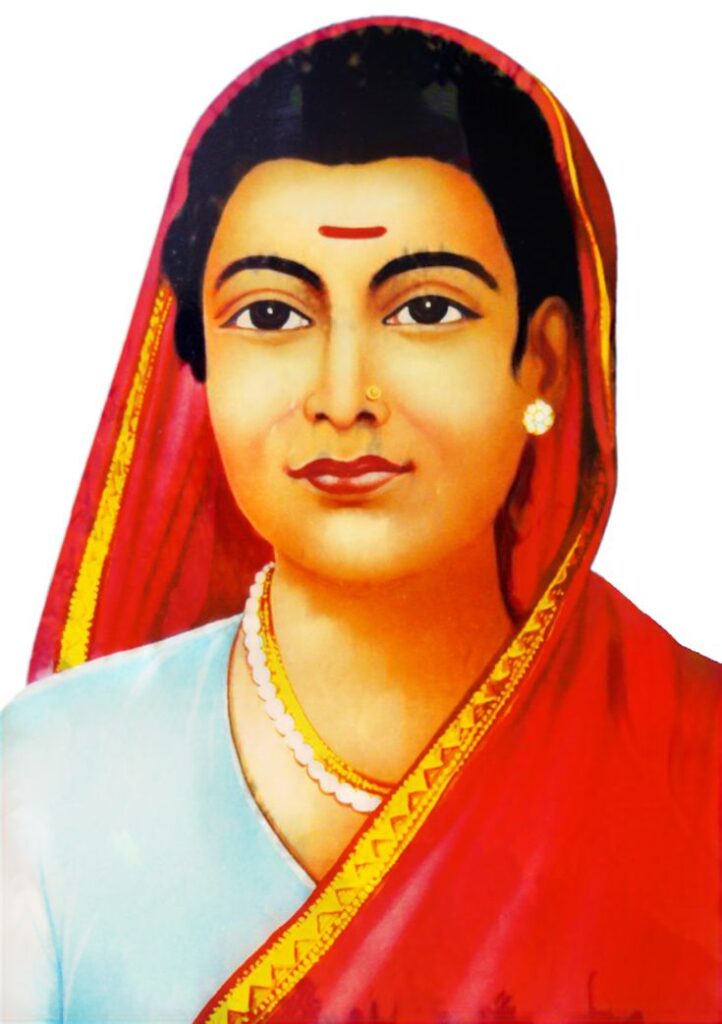
In the heart of 19th-century India, where silence was imposed on women and chains of caste crushed ambition, one woman dared to speak, teach, and transform. Savitribai Phule was not born into privilege—she was born into resistance. A girl from the Mali community, denied education by birth, she became the first female teacher of India. But more than that, she became the first voice of human rights in a land that had forgotten its own daughters.
Savitribai didn’t just open schools—she opened minds. She didn’t just write poems—she wrote revolutions. Every step she took through the streets of Pune, dodging stones and abuse, was a step toward dignity for millions. She believed that education was not a luxury—it was a weapon, and she wielded it with fierce compassion.
Her classrooms welcomed girls, Dalits, widows, and the forgotten. Her shelter homes gave refuge to those society had discarded. Her verses lit fires in hearts that had long been taught to stay quiet. In a time when women were expected to serve in silence, Savitribai Phule served with courage—as a teacher, a poet, a caregiver, and a warrior for justice.
She lived not for applause, but for impact. She died not in comfort, but in service—nursing plague victims until the disease claimed her. Her legacy is not just in textbooks; it’s in every girl who dares to dream, every Dalit child who walks into a school, and every activist who refuses to be silent.
Savitribai Phule was not just a reformer. She was a revolution wrapped in a sari. Her life is a reminder that human rights begin with human courage—and she had plenty of it.
Table of Contents
🗣️ Historical Speech by Savitribai Phule: Pune, 1852 — A Voice That Shook the System
📍 Location: Bhide Wada vicinity, Pune
📅 Date: Circa 1852 (during a school expansion and community outreach event)
👥 Crowd: ~200 attendees, including women, Dalits, students, and reformers
Savitribai Phule delivered one of her most impactful public addresses in Pune in 1852, during a community gathering organized by the Satyashodhak Samaj. The event was held near Bhide Wada, where she had co-founded India’s first school for girls. The crowd included Dalit families, reform-minded citizens, and curious onlookers—estimated at over 200 people. Her speech focused on the power of education, the dignity of women, and the urgent need to dismantle caste oppression.
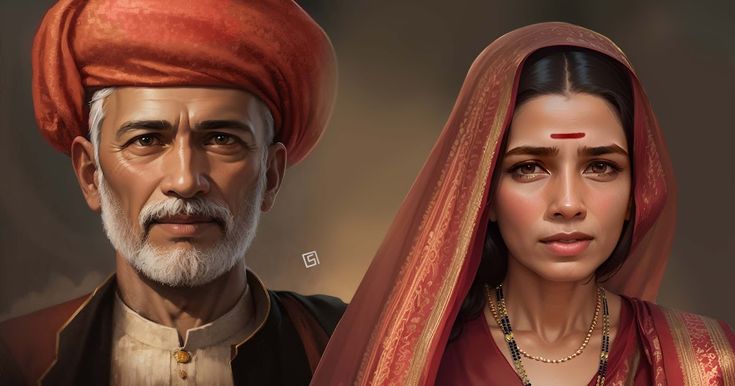
🔊 Speech Highlights
Savitribai stood before the crowd, dressed in a simple cotton sari, her voice steady but fierce. She began by addressing the women directly:
“Sisters, you are not born to suffer in silence. You are born to learn, to lead, and to live with dignity.”
She spoke about the importance of education:
“A book in your hand is more powerful than any ritual. Let knowledge be your God. Let equality be your prayer.”
She challenged caste hierarchy:
“No one is born untouchable. It is society that stains us. But we can wash it away—with truth, with courage, and with unity.”
She ended with a call to action:
“Send your daughters to school. Let them read, write, and rise. The chains of tradition will break only when our minds are free.”
🌾 The Soil of Naigaon: Where Change Took Root
Naigaon in 1831 was part of the Bombay Presidency under British colonial rule. It was a time when caste dictated destiny, and gender defined silence. The Mali community, to which Savitribai Phule belonged, was considered socially backward. Education was a distant dream, especially for girls. Most were married off before adolescence, confined to domestic roles, and denied the right to read or write.
But something was different about this child. Savitribai Phule was born with a fire in her soul—a quiet defiance that would one day roar across the nation. Her birth may not have made headlines, but it marked the beginning of a legacy that would challenge centuries of oppression.
👶 A Daughter in a World That Didn’t Want Her to Rise
In 1831, the birth of a girl was often seen as a burden. Families feared dowry costs, societal shame, and the lack of opportunity. But Savitribai’s parents, though poor and uneducated, raised her with resilience. They couldn’t have known that their daughter would become India’s first female teacher, a poet of resistance, and a champion of human rights.
Her early years were shaped by the rhythms of village life—fields, festivals, and folklore. But beneath the surface, she absorbed the pain of inequality. She saw how Dalits were treated, how women were silenced, and how education was reserved for the privileged. These observations planted the seeds of rebellion in her young heart.
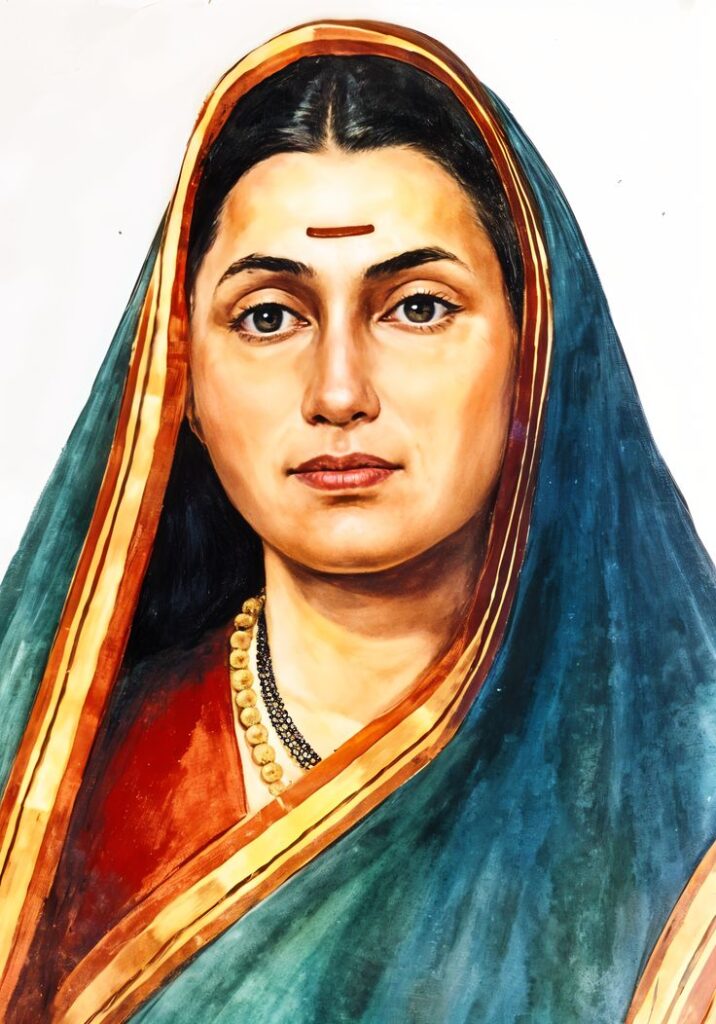
🔥 The Historical Context of Her Birth
The year 1831 was a time of social stagnation in India. British rule was expanding, but indigenous reform was rare. Raja Ram Mohan Roy had recently passed away, leaving behind a legacy of reform in Bengal. But in Maharashtra, the winds of change had yet to blow. Savitribai Phule’s birth filled that vacuum. She would become the voice that Maharashtra needed—the voice of the oppressed, the unheard, and the forgotten.
Her birth also coincided with a growing awareness of social injustice. The caste system was being questioned by a few brave thinkers, but none had imagined that a woman from a backward caste would lead the charge. Savitribai Phule’s arrival was not just biological—it was ideological. She was born to challenge, to educate, and to empower.
✊ A Legacy That Began in Silence
There were no celebrations on January 3, 1831. No garlands, no songs, no prophecies. But history would later look back and recognize that this date marked the beginning of India’s feminist movement. Savitribai Phule would go on to:
- Open the first school for girls in 1848
- Write poetry that challenged caste and gender norms
- Establish shelters for widows and victims of child marriage
- Lead the Satyashodhak Samaj after her husband’s illness
- Die in service during the plague of 1897
All of this began with her birth in Naigaon—a moment that seemed ordinary but was anything but.
💡 Why Her Birth Still Matters
Today, January 3 is celebrated as Savitribai Phule Jayanti, especially in Maharashtra. Schools, universities, and social organizations honor her legacy. But beyond the ceremonies, her birth reminds us that greatness can emerge from the most unlikely places. That a girl born in a caste-ridden village can rise to become a national icon. That education, when given to the oppressed, becomes a weapon of transformation.
Her life proves that human rights begin with human courage, and that every child—regardless of caste or gender—has the potential to change the world.
Savitribai Phule was not just born—she was unleashed. And from that moment in 1831, India would never be the same.
Savitribai Phule: A Marriage That Sparked a Revolution (1840)
In the year 1840, in the dusty lanes of Maharashtra, a moment unfolded that would quietly alter the course of Indian history. A young girl, just nine years old, was married to a man named Jyotirao Phule. Her name was Savitribai Phule—a name that would one day become synonymous with courage, education, and social reform. But on that day, she was simply a child stepping into a world that had no place for her dreams.
This was not a marriage of romance or celebration. It was a marriage born of tradition, caste, and societal expectation. Yet, what bloomed from it was extraordinary—a lifelong partnership in rebellion, in reform, and in rewriting the rules of a deeply unequal society.
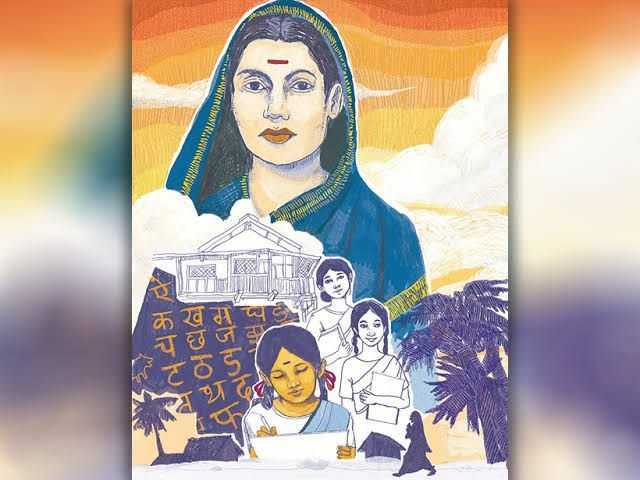
👧 A Child Bride in a Rigid World
In 1840, child marriage was not just common—it was expected. Girls were married off before they could understand the meaning of marriage. Their futures were confined to kitchens, courtyards, and silence. Savitribai Phule, born into the Mali caste, was no exception. Her family, like many others, followed the norms of the time. At nine, she was married to Jyotirao Phule, a young man from the same community.
But Jyotirao was different. He was a thinker, a rebel, and a visionary. He saw in Savitribai not just a wife, but a partner. And that made all the difference.
💡 The Beginning of Empowerment
Most girls in Savitribai’s position would have been denied education, confined to domestic duties, and silenced by patriarchy. But Savitribai Phule’s story took a different turn. Jyotirao noticed her curiosity, her intelligence, and her spirit. He began to teach her—first at home, then formally. He gave her books, encouraged her to read, and nurtured her voice.
This act was revolutionary. In a society where women were considered unfit for learning, Savitribai Phule became a student. And soon, she would become a teacher—the first female teacher in India.
✊ A Marriage of Minds, Not Just Rituals
The union between Savitribai and Jyotirao was unlike any other in their time. It was not built on rituals—it was built on radical ideas. They spoke about caste injustice, gender inequality, and the power of education. They dreamed of schools for girls, shelters for widows, and a society where every human had dignity.
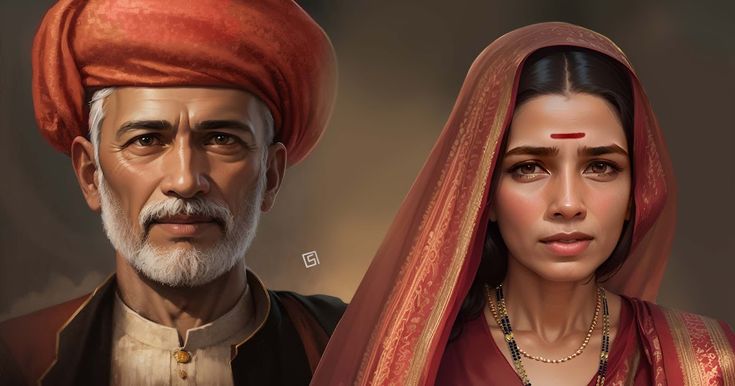
Together, they would go on to:
- Open the first school for girls in 1848
- Establish the Satyashodhak Samaj in 1873
- Fight against untouchability and Brahminical dominance
- Adopt a child born to a Brahmin widow
- Write and publish reformist literature
But all of this began in 1840, with a marriage that defied its own purpose.
🧠 The Emotional Journey of Savitribai Phule
Imagine being nine years old—barely out of childhood—and entering a new home, a new life, and a new identity. For Savitribai Phule, this transition was not easy. She faced ridicule, isolation, and the burden of expectations. But she also found something rare: a husband who believed in her potential.
Jyotirao didn’t just educate her—he empowered her. He stood by her when society hurled abuse. He walked beside her when she opened schools. He listened to her poetry, her pain, and her plans. Their relationship was a model of mutual respect, decades ahead of its time.
🔥 The Spark That Lit a Movement
The marriage of Savitribai Phule in 1840 was not a personal milestone—it was a political act. It created a space where ideas could grow, where rebellion could take root, and where a woman could rise. It challenged the norms of caste, gender, and education. It laid the foundation for a movement that would touch millions.
From that moment onward, Savitribai was not just a wife—she was a warrior. Her journey from a child bride to a national icon began with this union. And it reminds us that sometimes, the most powerful revolutions begin in the quiet corners of everyday life.
🌺 Legacy of That Moment
Today, when we speak of Savitribai Phule, we remember her as a teacher, a poet, and a reformer. But we must also remember the moment in 1840 when her life changed. That marriage gave her the platform, the support, and the strength to become who she was meant to be.
It was not fate—it was faith. Jyotirao had faith in her. And she had faith in herself.
Savitribai Phule’s marriage in 1840 was not the end of her childhood—it was the beginning of India’s awakening. From that day forward, she would walk a path of resistance, resilience, and reform. And the world would follow.
🔥 Savitribai Phule and the Birth of India’s First Girls’ School: Bhide Wada, 1848
🏫 Bhide Wada: A Classroom of Courage
The school was established at the home of Tatyasaheb Bhide, a progressive Brahmin who offered his residence in Budhwar Peth, Pune. This location—Bhide Wada—became the cradle of India’s first formal education space for girls. At a time when women were denied literacy and Dalits were excluded from public life, Savitribai Phule stood at the front of the classroom, chalk in hand, rewriting history.
She taught girls from all backgrounds—Brahmin, Dalit, Muslim, and Shudra—breaking every societal barrier. Her curriculum included mathematics, science, and moral education. But her real lesson was dignity.
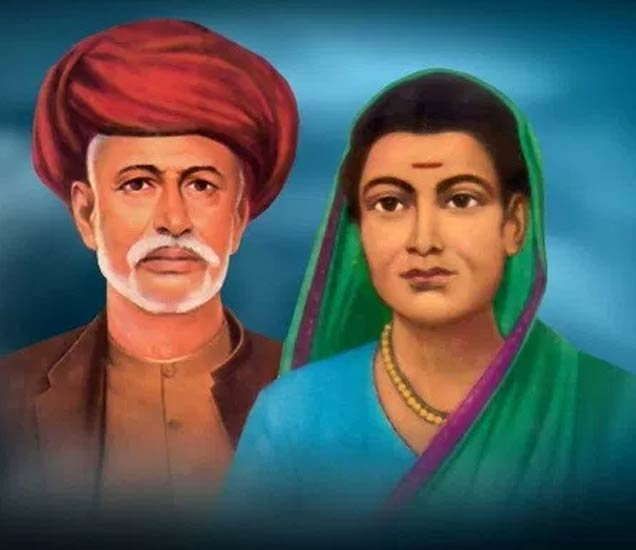
💔 The Circumstances: Hostility, Humiliation, and Hope
Savitribai Phule’s decision to teach girls was met with violent opposition. Every morning, she walked to Bhide Wada through hostile streets. People hurled cow dung, stones, and abuse at her. They called her names, accused her of corrupting society, and tried to shut down the school.
But she didn’t stop. She carried an extra sari to change after being attacked. She held her head high and kept teaching. Her resilience became a symbol of human rights in action.
✊ The Social Climate: Caste and Patriarchy Collide
In 1848, India was under British rule, but the real oppression came from within—Brahminical patriarchy and caste hierarchy. Education was a privilege of upper-caste males. Women were expected to remain illiterate, obedient, and invisible.
Savitribai Phule challenged this system head-on. She believed that education was not a luxury—it was a right. Her school welcomed those who were most excluded: girls, Dalits, widows, and orphans. This radical inclusivity made her a target, but it also made her a legend.
💡 The Role of Jyotirao Phule
Her husband, Jyotirao Phule, was her greatest ally. He trained her to teach, supported her emotionally, and stood beside her in every battle. Together, they formed a partnership that was not just marital—it was revolutionary. Jyotirao handled logistics, fought legal battles, and defended the school’s existence, while Savitribai Phule became its soul.
📚 The Impact: A Ripple Across Generations
The Bhide Wada school started with just nine girls. Within a few years, it expanded to multiple schools across Pune. The British government recognized their work in 1852, but the real reward was the transformation of lives.
Girls who once had no future now became literate, confident, and empowered. Dalit children who were denied entry into temples found sanctuary in classrooms. Savitribai Phule’s school was not just a building—it was a revolution in bricks and chalk.
🌺 Human Touch: Her Emotional Strength
Imagine the emotional toll—being insulted daily, risking physical harm, and facing isolation from your own community. Yet, Savitribai Phule never gave up. She wrote poetry to heal, taught with love, and believed in the power of every child.
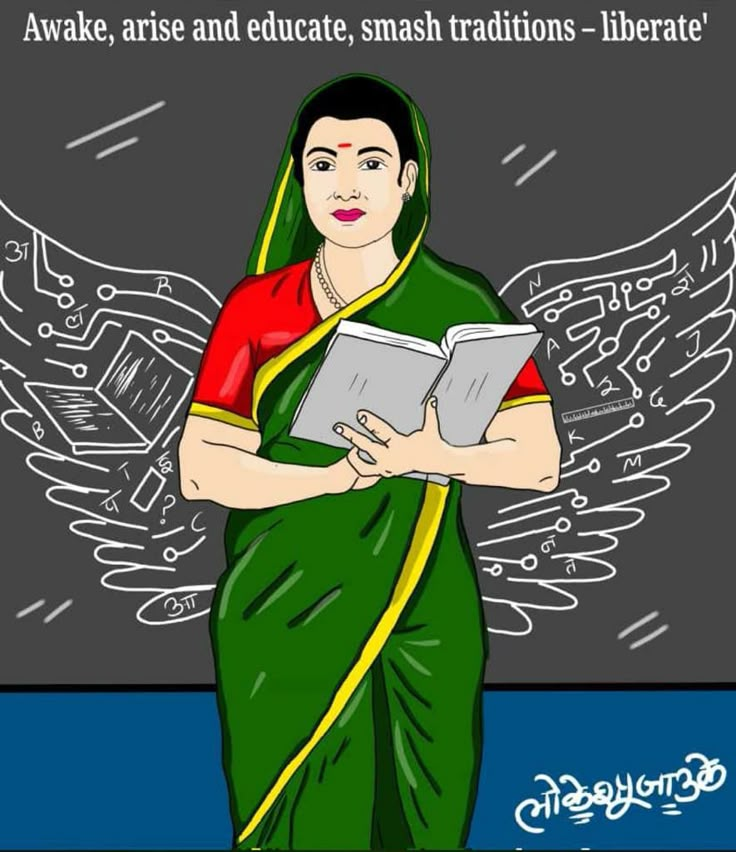
Her famous quote still echoes:
“Go, get education. Be self-reliant, be industrious. Work—gather knowledge. It is your own. Don’t believe in luck and fate.”
In 1848, Savitribai Phule didn’t just open a school—she opened India’s eyes. Bhide Wada became a monument of resistance, and her legacy continues to inspire educators, activists, and dreamers across the nation.
🔱 “Savitribai Phule: The Teacher Who Taught a Nation and Wrote Its First Feminist Anthem”
🏅 1852: British Recognition for Educational Reform
By 1852, Savitribai Phule had already transformed the educational landscape of Pune. Alongside her husband Jyotirao Phule, she had established multiple schools for girls, Dalits, and marginalized communities—defying caste norms and gender restrictions. Her work was so impactful that the British colonial administration formally recognized her efforts, a rare honor for an Indian woman, especially one from a backward caste.
This recognition wasn’t just ceremonial—it was political. It validated her mission and sent a message to Indian society: education for all was not a threat, but a necessity. The British, while colonial rulers, saw the value in her inclusive model and acknowledged her as a pioneer. For Savitribai, this was not a moment of pride alone—it was a strategic victory. It gave her movement legitimacy and protection against local backlash.
She continued to expand her schools, train other women teachers, and offer stipends to students to reduce dropout rates. Her classrooms became safe spaces for learning, dignity, and resistance.
✍️ 1854: Kavya Phule — Poetry of Protest and Empowerment
Two years after receiving official recognition, Savitribai Phule published her first poetry collection, Kavya Phule, in 1854. This wasn’t just literature—it was a manifesto. Her poems spoke of liberation, equality, and the transformative power of education. She used verse to challenge patriarchy, casteism, and fatalism.
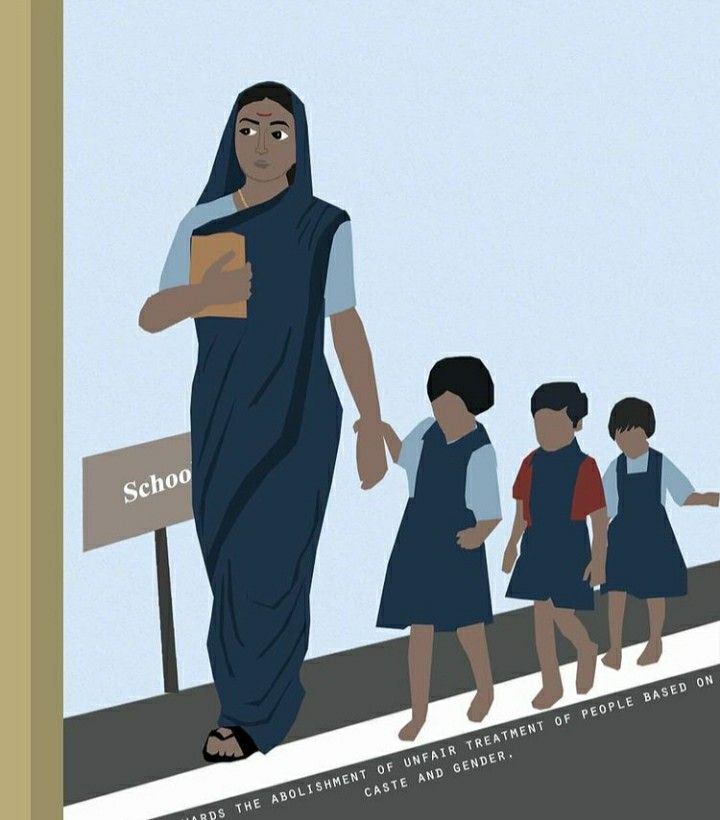
One of her most quoted lines reads:
“Go, get education. Be self-reliant, be industrious. Work—gather knowledge. It is your own. Don’t believe in luck and fate.”
This was radical. In a society where women were taught to be submissive and fatalistic, Savitribai’s poetry urged them to rise, learn, and lead. Her verses were simple yet powerful—accessible to the masses and emotionally resonant.
Kavya Phule was also one of the earliest examples of Dalit feminist literature. It gave voice to those who had none. Her poems didn’t just describe suffering—they demanded change.
📚 The Dual Impact: Education and Expression
These two milestones—British recognition in 1852 and poetic publication in 1854—represent the dual power of Savitribai Phule’s activism:
- Education as a tool for structural change
- Poetry as a medium for emotional and cultural awakening
She understood that reform needed both policy and passion, both schools and stories. While her classrooms trained minds, her poems stirred hearts.
💡 Legacy and Relevance
Today, Kavya Phule is studied in universities, quoted in feminist circles, and celebrated in Dalit literature. Her recognition by the British government is seen as a turning point in India’s educational history. But more importantly, these events show that Savitribai Phule was not just a teacher—she was a thinker, a writer, and a revolutionary.
She proved that a woman from a marginalized caste could not only educate but also enlighten. Her life reminds us that true reform begins when knowledge meets courage.
🔥 “Savitribai Phule vs Society: The 1855–60 Uprising of Schools, Courage, and Caste Resistance”
🏫 A Surge in Schools: Education as Revolution
After the success of the first girls’ school at Bhide Wada in 1848, Savitribai Phule and Jyotirao Phule launched a wave of new schools between 1855 and the 1860s. These institutions were not just for upper-caste girls—they were designed for Dalits, widows, orphans, and children from oppressed communities. This was unheard of in colonial India, where caste dictated access to knowledge and dignity.
By 1858, the Phules had established 18 schools, making their network the largest private educational initiative in Maharashtra at the time. These schools taught reading, writing, mathematics, and moral education. But more importantly, they taught self-worth.
💔 The Backlash: Caste Hatred and Social Exile
Savitribai Phule’s work was met with violent resistance. Brahminical forces saw her schools as a threat to their social dominance. She was accused of polluting society, corrupting women, and defying dharma. Upper-caste mobs hurled stones, dung, and abuse at her daily. She was denied entry into temples, insulted in public, and ostracized by neighbors.
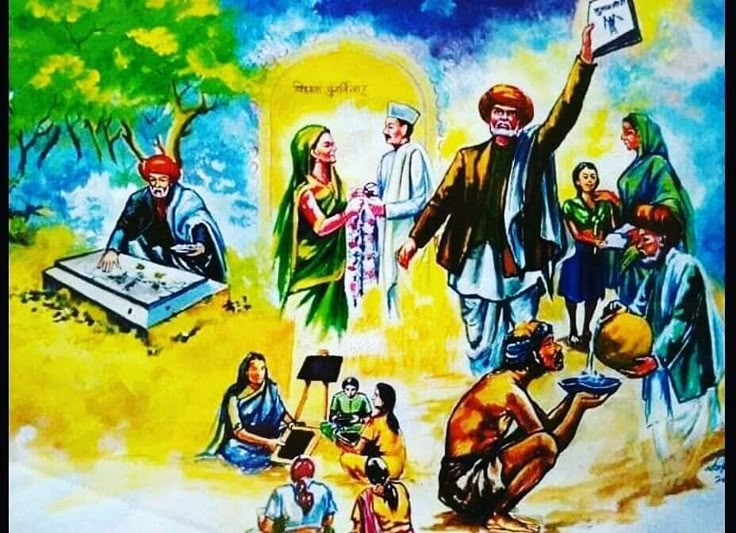
Even her students were targeted. Dalit children were mocked, beaten, and discouraged from attending school. Yet, Savitribai stood firm. She carried an extra sari to change after being attacked and continued teaching with unwavering resolve.
This period was emotionally brutal. She wrote poetry to cope with the pain and to inspire others. Her verses became weapons of resistance, urging women and Dalits to rise, learn, and fight.
✊ Social Reform Beyond the Classroom
Savitribai Phule didn’t limit her activism to education. During this time, she and Jyotirao also:
- Established shelters for widows and victims of child marriage
- Advocated for inter-caste marriages and widow remarriage
- Adopted a child born to a Brahmin widow, defying caste norms
- Organized community meetings to challenge religious orthodoxy
They also laid the groundwork for the Satyashodhak Samaj, which would formally launch in 1873. This organization aimed to dismantle caste hierarchy and promote rational thought, equality, and justice.
📚 Curriculum of Liberation
The schools run by Savitribai Phule were unique. They didn’t just teach subjects—they taught freedom. Students learned about:
- Equality and human rights
- The dangers of superstition and blind faith
- The importance of self-respect and critical thinking
She trained other women to become teachers, creating a network of female educators who could carry the torch forward. This was the beginning of grassroots feminist pedagogy in India.
🌺 Human Touch: The Emotional Cost
Behind the statistics and milestones was a woman who suffered deeply. Savitribai Phule lost friends, faced isolation, and endured daily humiliation. But she also found strength in her students, her poetry, and her partnership with Jyotirao.
She wrote:
“Do not think of caste. Think of humanity. Let knowledge be your religion.”
Her words were not just poetic—they were prophetic.
🏛️ Legacy of the 1855–1860s Period
This five-year stretch was the most intense and transformative phase of Savitribai Phule’s activism. It proved that education could be a form of protest, and that a woman from a marginalized caste could lead a revolution.
Her schools laid the foundation for modern inclusive education in India. Her courage inspired generations of Dalit and feminist activists. And her legacy continues to echo in every classroom that welcomes the excluded.
🔥 “Savitribai Phule’s Shelter of Hope: The 1863 Uprising Against Widow Shame and Child Marriage”
🏠 What Was the Balhatya Pratibandhak Griha?
The Balhatya Pratibandhak Griha, meaning “Home to Prevent Infanticide,” was founded by Savitribai Phule and Jyotirao Phule in Pune. It was created to provide refuge for widows who were pregnant or abandoned, especially those who faced the threat of infanticide—a horrifying practice where babies born out of wedlock or from widow pregnancies were killed to avoid social shame.
This shelter was the first of its kind in India, and it directly challenged the brutal customs of the time. Widows were often blamed for their husbands’ deaths, denied remarriage, and forced into isolation. If they became pregnant—often due to sexual exploitation—they were shamed, beaten, and their babies were killed or abandoned.
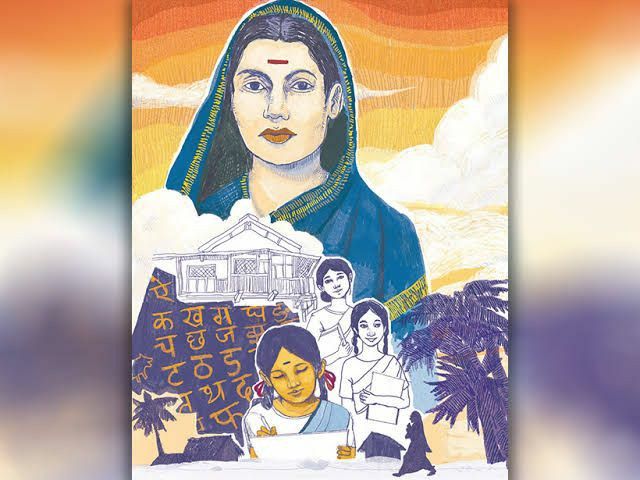
Savitribai Phule refused to let this continue. She opened her arms and her home to these women, offering them food, shelter, medical care, and—most importantly—respect.
💔 The Social Context: Widowhood as a Curse
In 19th-century Maharashtra, widowhood was a life sentence. Women were forced to shave their heads, wear white saris, and live in isolation. They were denied education, property rights, and social participation. Many were sexually abused by male relatives or priests, and if they became pregnant, they were treated as criminals.
Child marriage made this worse. Girls as young as 8 or 9 were married to older men. If the husband died, the girl became a widow before puberty. She was then condemned to a life of suffering.
Savitribai Phule saw this injustice firsthand. She knew that education alone wasn’t enough—women needed safety, support, and a place to heal.
✊ Savitribai’s Role: Compassion in Action
Savitribai didn’t just fund the shelter—she personally cared for the women. She cooked for them, counseled them, and helped deliver their babies. She treated them like family, not charity cases. Her compassion was radical.
One of the most powerful examples of her defiance came when she and Jyotirao adopted a child born to a Brahmin widow. This act shattered caste boundaries and proved that love was stronger than tradition.
She also used her poetry to raise awareness. Her verses spoke of freedom from shame, the right to motherhood, and the dignity of every woman.
🧠 The Shelter’s Impact
The Balhatya Pratibandhak Griha became a symbol of resistance. It saved lives, restored hope, and inspired other reformers. It also laid the foundation for:
- Widow remarriage movements
- Anti-infanticide laws
- Women’s shelters across India
Savitribai Phule’s work in 1863 wasn’t just social reform—it was human rights activism decades ahead of its time.
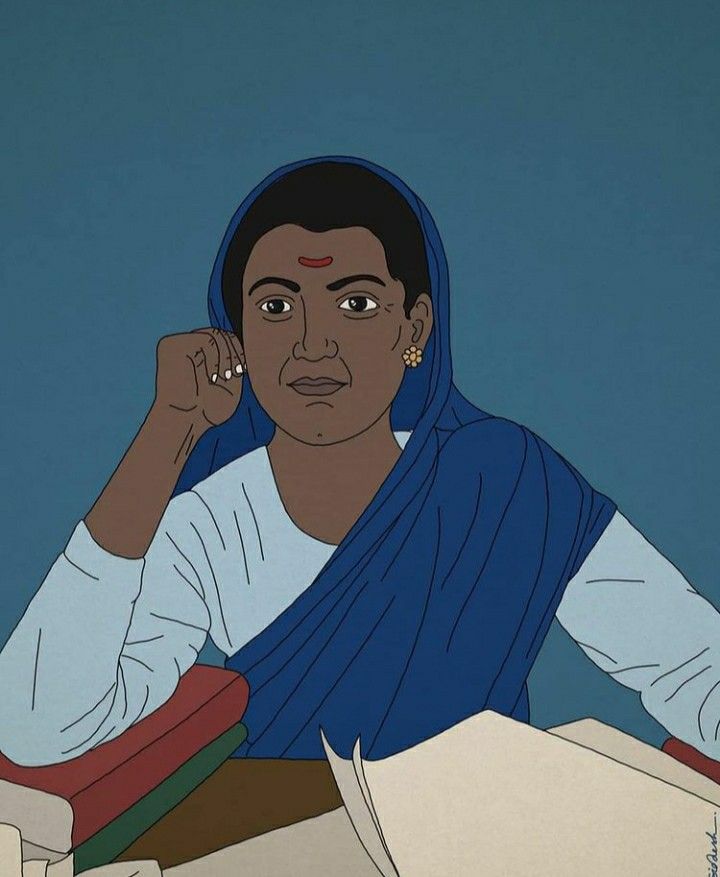
🌺 Human Touch: The Emotional Cost
Savitribai faced intense backlash for this shelter. Orthodox leaders accused her of promoting immorality. She was insulted, threatened, and socially boycotted. But she never stopped.
She believed that every woman deserved dignity, no matter her caste, marital status, or circumstances. Her shelter was not just a building—it was a sanctuary of love.
🔥 “Savitribai Phule Joins the Satyashodhak Samaj: A Woman’s War Against Caste in 1873”
🔱 What Was the Satyashodhak Samaj?
The Satyashodhak Samaj (Truth-Seekers’ Society) was founded on September 24, 1873, in Pune by Jyotirao Phule, with Savitribai Phule as a central figure. Its mission was revolutionary: to liberate Shudras, Dalits, women, and peasants from the grip of Brahminical dominance and religious exploitation.
The Samaj rejected the idea that Brahmins were the sole custodians of religion and morality. It promoted education, rational thought, and social equality. It welcomed members from all castes, including Muslims and government officials, and encouraged inter-caste marriages, widow remarriage, and female education.
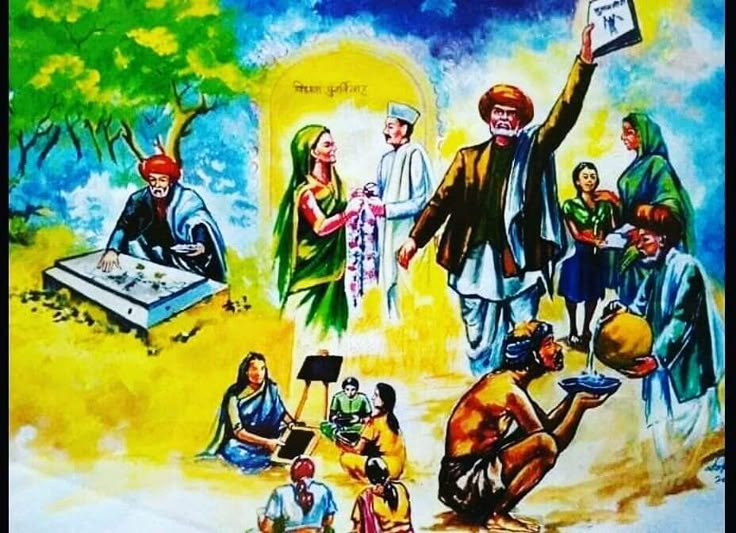
👑 Savitribai Phule’s Role: Leading the Women’s Wing
Savitribai wasn’t just a supporter—she was the President of the Women’s Wing of the Satyashodhak Samaj. She organized meetings, trained female educators, and created safe spaces for women to speak, learn, and lead. Her leadership was bold, compassionate, and deeply strategic.
She used her poetry, teaching experience, and grassroots connections to mobilize women from oppressed communities. She encouraged them to question rituals, demand education, and fight for their rights. Her presence gave the Samaj emotional depth and moral clarity.
💔 The Social Climate: Caste Hatred and Religious Control
In 1873, India was still under British rule, but internal oppression was rampant. Brahmin priests controlled access to temples, scriptures, and rituals. Dalits were denied entry into public spaces. Women were silenced, married off young, and punished for widowhood.
The Satyashodhak Samaj directly challenged this system. It declared that truth was not the property of any caste, and that God did not discriminate. Savitribai Phule’s involvement made it clear: this was not just a men’s movement—it was a human movement.
✊ Actions and Impact
Under Savitribai’s leadership, the Samaj:
- Organized mass education drives for girls and Dalits
- Conducted inter-caste marriages without Brahmin priests
- Established shelters for widows and victims of child marriage
- Published reformist literature that questioned religious dogma
- Encouraged rational thinking and scientific temper
Savitribai also helped draft speeches, write pamphlets, and host community dialogues. Her emotional intelligence and lived experience made her a powerful voice for change.
🌺Courage in the Face of Hate
Savitribai Phule faced intense backlash. Orthodox leaders called her a heretic. She was insulted, threatened, and socially boycotted. But she stood firm. She believed that truth was bigger than tradition, and that every human deserved dignity.
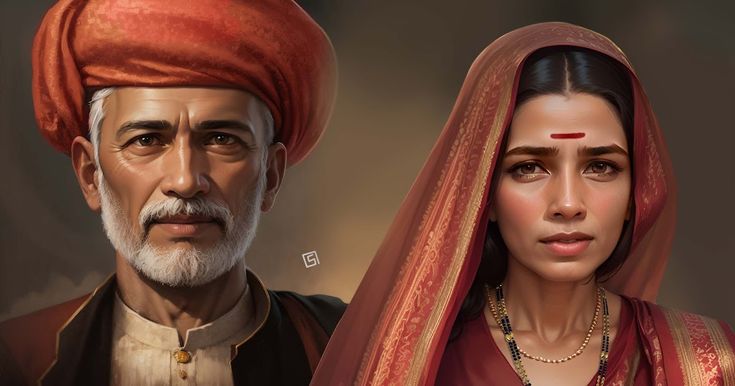
Her poetry from this period reflects her pain and her power. She wrote:
“Let knowledge be your God. Let equality be your prayer.”
These weren’t just verses—they were battle cries.
🏛️ Legacy of 1873
Savitribai Phule’s role in the Satyashodhak Samaj marked a turning point in Indian social reform. She proved that women could lead movements, challenge caste, and reshape society. Her work laid the foundation for modern feminist and Dalit activism.
The Samaj dissolved in the 1930s, but its spirit lives on—in every classroom that welcomes a Dalit child, in every woman who speaks her truth, and in every reformer who dares to question power.
🔱“Savitribai Phule Takes the Torch: Leading the Satyashodhak Samaj in 1887 with Courage and Conviction”
In 1887, as Jyotirao Phule’s health deteriorated, Savitribai Phule stepped into leadership of the Satyashodhak Samaj—marking a historic moment where a woman from a marginalized caste led one of India’s most radical social reform movements. She didn’t just continue the mission—she expanded it with emotional strength, strategic clarity, and fearless resolve.
🏛️ The Transition of Power: From Jyotirao to Savitribai
Jyotirao Phule, founder of the Satyashodhak Samaj, had spent decades fighting caste oppression, religious orthodoxy, and gender inequality. But by 1887, his health had begun to decline. He needed someone to carry forward the mission—not just administratively, but ideologically.
That person was Savitribai Phule.
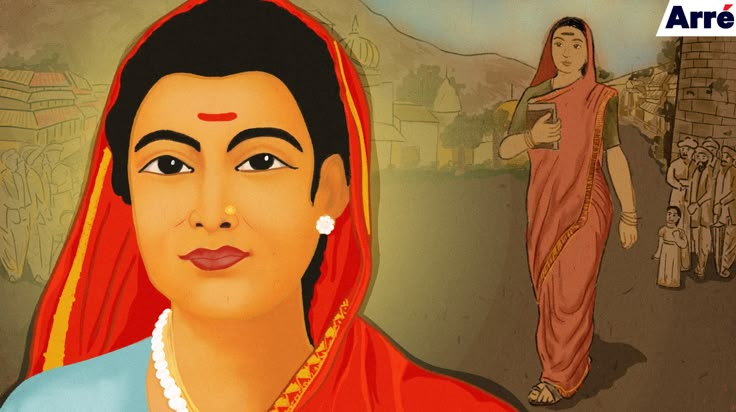
She had already been the President of the Women’s Wing, a fierce educator, and a poet of resistance. But now, she became the de facto leader of the entire Samaj. This was unprecedented. In a society where women were denied public roles, Savitribai Phule—a Dalit woman—took charge of a national reform movement.
✊ Her Leadership Style: Grounded, Bold, and Inclusive
Savitribai didn’t lead from a pedestal—she led from the ground. She continued:
- Organizing community meetings in villages and urban centers
- Training women educators to expand the reach of inclusive schooling
- Supporting inter-caste marriages and widow remarriage without Brahmin priests
- Publishing reformist literature that challenged religious dogma and caste hierarchy
She also mentored younger activists, ensuring that the Samaj wouldn’t collapse after Jyotirao’s passing. Her leadership was marked by emotional intelligence, grassroots connection, and unshakable moral clarity.
💔 The Emotional Weight of Leadership
Taking over the Samaj wasn’t just a political shift—it was deeply personal. Jyotirao was not only her husband but her co-reformer, her teacher, and her closest ally. Watching his health decline was painful. Yet, Savitribai Phule didn’t retreat—she rose.
She wrote poetry during this time that reflected both grief and determination. Her verses spoke of carrying the torch, of truth as a duty, and of love as resistance.
“Truth is not inherited—it is earned. And I shall earn it with every breath.”
🧠 Strategic Expansion of the Samaj
Under Savitribai’s leadership, the Samaj began to focus more on:
- Women’s rights and education
- Rural outreach programs
- Famine relief and healthcare
- Legal advocacy for Dalits and peasants
She also began documenting the movement’s history, ensuring that future generations would know the sacrifices made. Her leadership wasn’t just reactive—it was visionary.
🌺A Woman Leading in a Man’s World
In 1887, it was almost unthinkable for a woman—especially a non-Brahmin—to lead a public organization. Savitribai faced mockery, threats, and isolation. But she had already endured worse. She had walked through streets where people threw dung at her. She had taught girls when society called it a sin. She had buried children who were abandoned by caste.
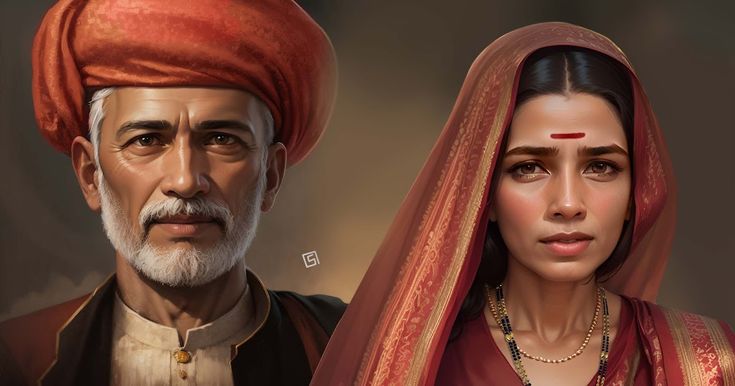
So when she stood at the helm of the Satyashodhak Samaj, she did so with grace, grit, and greatness.
🔥 Legacy of 1887
Savitribai Phule’s leadership in 1887 marked a turning point in Indian social reform. She proved that:
- Women could lead movements
- Dalits could challenge power structures
- Compassion could be political
Her leadership laid the groundwork for future feminist and Dalit movements. She didn’t just preserve Jyotirao’s legacy—she amplified it.
🔥 “Savitribai Phule’s Final Gift: Bavan Kashi Subodh Ratnakar and the Voice of a Revolutionary Woman”
📖 What Is Bavan Kashi Subodh Ratnakar?
Published in 1892, Bavan Kashi Subodh Ratnakar (translated as “Fifty-Two Simple and Enlightening Gems”) is a collection of 52 essays written by Savitribai Phule, covering a wide range of topics including education, caste, gender, widowhood, morality, and social justice. It was written in Marathi, her native language, and aimed at ordinary readers, especially women and marginalized communities.
This work was not academic—it was deeply personal, practical, and emotionally resonant. It reflected her decades of experience as a teacher, reformer, caregiver, and leader of the Satyashodhak Samaj.
🧠 Themes and Content
Each essay in Bavan Kashi Subodh Ratnakar is like a mirror to society. Some of the key themes include:
- The importance of education for women and Dalits
- Critique of Brahminical patriarchy and religious exploitation
- Moral guidance for young girls and widows
- Reflections on compassion, service, and human dignity
- Encouragement to question blind faith and superstition
Savitribai used simple language but profound ideas. She didn’t preach—she conversed. Her tone was that of a mother, a teacher, and a revolutionary rolled into one.
✊ Why It Was Revolutionary
In 1892, it was almost unheard of for a woman—especially from a backward caste—to publish a book of essays. Most women were still denied literacy. Yet here was Savitribai Phule, not only writing but challenging the very foundations of caste and patriarchy.
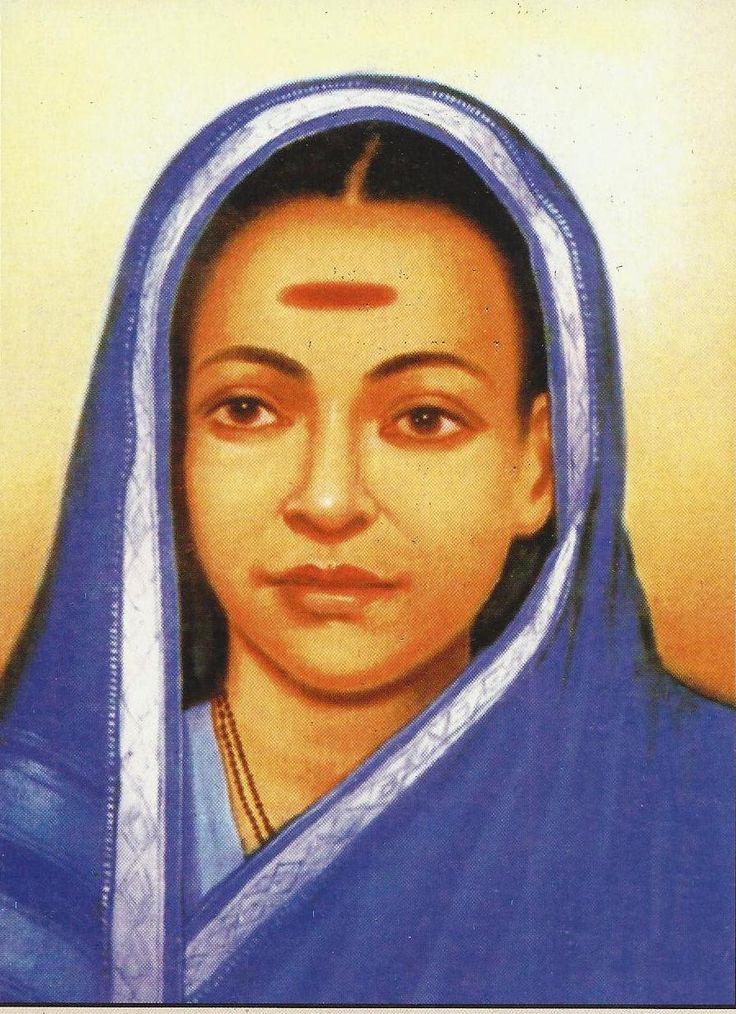
She didn’t write for fame. She wrote to awaken minds and heal hearts. Her essays were distributed among schools, Samaj members, and reformist circles. They became moral compasses for the oppressed.
💔 A Life Poured Into Words
By 1892, Savitribai had already lost her husband (Jyotirao passed away in 1890), and she was carrying the weight of the Satyashodhak Samaj on her shoulders. Bavan Kashi Subodh Ratnakar was her way of preserving their shared vision and passing it on to the next generation.
Her writing is filled with grief, wisdom, and unwavering hope. She speaks of pain without bitterness, and of justice without vengeance. It’s a book that feels like a conversation with a woman who has seen the worst of society—and still chooses to believe in its potential.
🌍 Legacy and Relevance
Today, Bavan Kashi Subodh Ratnakar is studied in Dalit literature, feminist theory, and social reform history. It is a rare document of 19th-century Indian womanhood, written not from the palace but from the margins.
It reminds us that writing is resistance, and that words can outlive oppression.
🕯️ Savitribai Phule’s Final Sacrifice: The Warrior Who Died Saving Plague Victims in 1897
On March 10, 1897, Savitribai Phule—India’s first female teacher, poet, and social reformer—died not in comfort or retirement, but on the battlefield of compassion. She contracted the bubonic plague while nursing the sick in Pune, giving her life in service of those society had abandoned.
🦠 The Plague of 1896–97: A City in Crisis
In late 1896, the bubonic plague swept through Bombay Presidency, reaching Pune by early 1897. The disease was deadly and fast-spreading. Panic gripped the city. The British colonial government enforced harsh quarantine laws under the Epidemic Diseases Act of 1897, often with brutality. Families were torn apart. Dalits and the poor were left to die in the streets.
But while most fled, Savitribai Phule ran toward the suffering.
🏥 The Plague Relief Center: A Shelter of Humanity
Savitribai, now 66 years old, had already lost her husband Jyotirao in 1890. But her spirit remained unshaken. Along with her adopted son Yashwantrao, she opened a plague relief center in Pune, offering food, water, and medical care to the infected—especially Dalits, widows, and orphans who were denied help elsewhere.
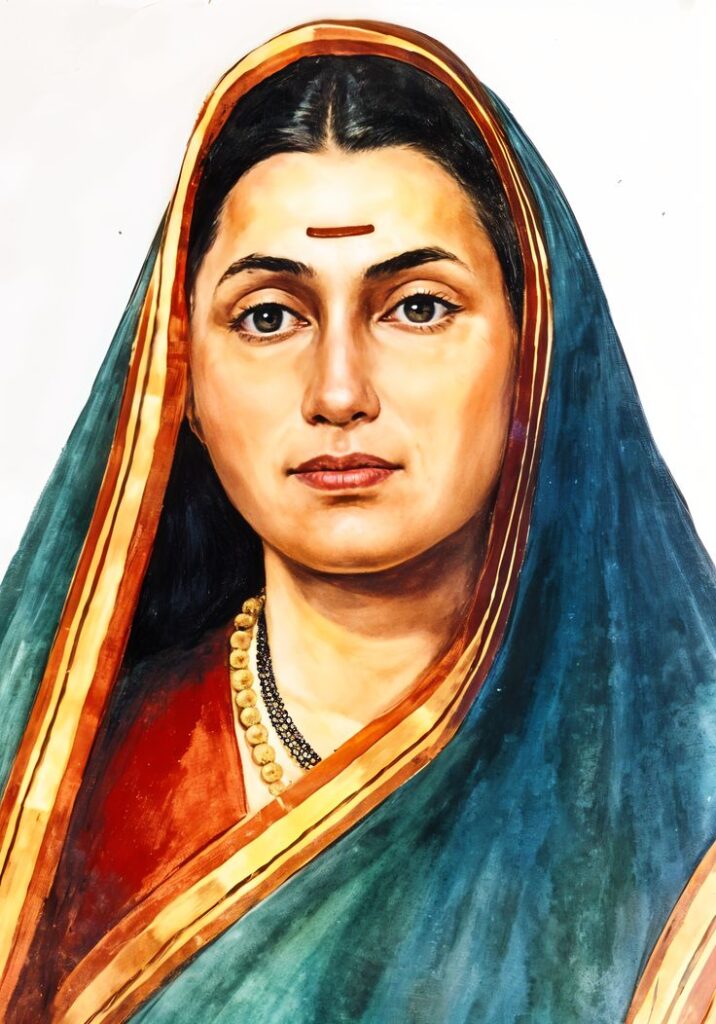
She didn’t wear gloves. She didn’t keep distance. She carried patients on her back, cleaned their wounds, and comforted them in their final hours. She believed that service to the suffering was the highest form of worship.
💔 The Final Act of Courage
One day, Yashwantrao brought home a young boy infected with the plague. No one else would touch him. Savitribai Phule nursed him herself, feeding him, cleaning him, and staying by his side.
In doing so, she contracted the disease.
Even as her health declined, she refused to stop. She continued to instruct volunteers, write letters, and pray for the dying. But the infection spread rapidly. On March 10, 1897, Savitribai Phule passed away, not as a victim—but as a martyr of compassion.
✊ A Death That Was a Declaration
Her death was not just a tragedy—it was a final declaration of her life’s philosophy:
- That no human is untouchable
- That service is greater than ritual
- That a woman’s place is wherever humanity needs her most
She didn’t die in a temple, a palace, or a hospital. She died in the arms of the oppressed, doing what she had always done—fighting for dignity, with her own body as the battleground.
🌺 Legacy Etched in Sacrifice
Savitribai Phule’s death during the plague is rarely taught in textbooks. But it is one of the most heroic acts in Indian history. She was not just a reformer—she was a frontline warrior, long before the term existed.
Her final act reminds us that true revolutionaries don’t retire—they serve until their last breath.
🕊️ Conclusion: The Final Breath of a Revolutionary Flame
Savitribai Phule did not die in silence. She died in service. Her final breath was not taken in comfort, but in the arms of a plague-stricken child—abandoned by society, embraced by her humanity.
She was not a queen, but she ruled hearts. She was not a saint, but she sanctified suffering. She was not a soldier, but she fought every day—with chalk, with poetry, with love, and finally, with her own body.
In a world that taught women to stay behind veils, she walked into disease-ridden streets. In a caste-ridden society that discarded the poor, she lifted them with her bare hands. And in her final act, she proved that revolution is not just in speeches—it is in sacrifice.
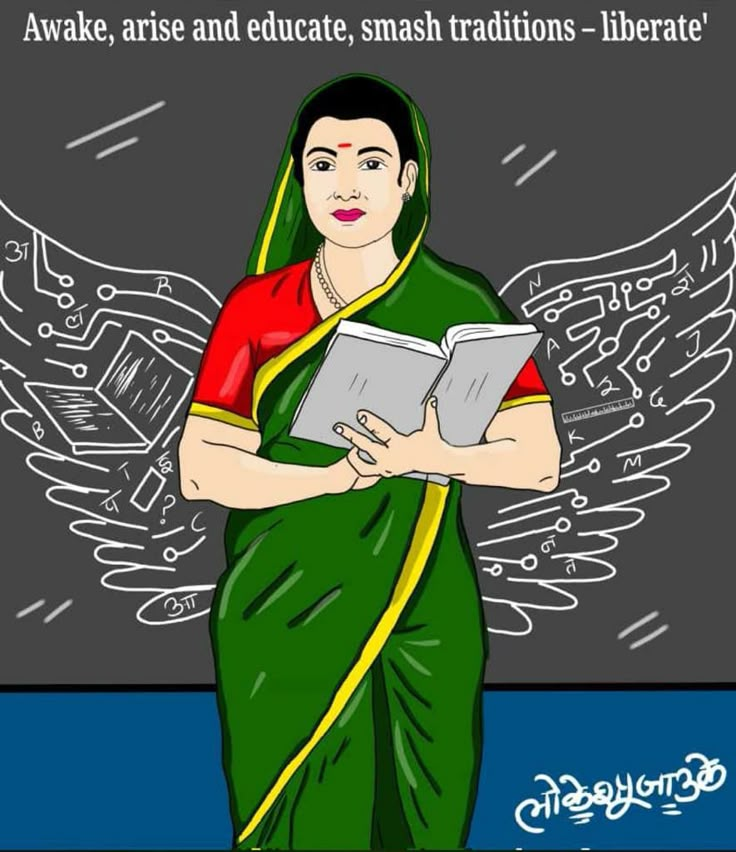
Her death was not the end of a reformer—it was the crowning of a legacy. A woman who began her journey as a child bride in Naigaon, who opened the first school for girls, who wrote poetry that burned through centuries of oppression, and who led a movement that shook the foundations of caste—died as she lived: giving everything she had to those who had nothing.
💫 What Her Life Really Means
Savitribai Phule was not just a reformer. She was a mother to the discarded, a teacher to the silenced, and a poet of the oppressed. She didn’t just fight caste—she redefined what it meant to be human in a society that had forgotten.
She taught us that:
- Education is not a privilege—it’s a weapon
- Compassion is not weakness—it’s revolution
- A woman’s voice is not noise—it’s history waiting to be heard
Her journey from Naigaon to Pune, from child bride to movement leader, from teacher to plague martyr, is not just a biography—it’s a blueprint for courage.
🔥 The Legacy We Inherit
Savitribai Phule didn’t leave behind monuments. She left behind mindsets. Every girl who walks into a school, every Dalit child who opens a book, every widow who finds dignity, every activist who dares to speak—they walk in her footsteps.
She didn’t ask to be remembered. She asked us to continue.
So let us not mourn her death. Let us live her life—in our words, our work, and our will to challenge what must be changed.
Because Savitribai Phule was not just a woman of her time—she was the time itself, moving forward, refusing to stop.
Internal Links: 1.https://historyverse7.com/bhagat-singh/2.https://historyverse7.com/chandra-shekhar-azad/
External Links: 1.https://en.wikipedia.org/wiki/Savitribai_Phule 2.https://www.britannica.com/biography/Savitribai-Phule
📘 FAQ: Understanding Savitribai Phule
1. Why did Savitribai Phule choose poetry as a weapon instead of just speeches or activism?
Answer:
Because poetry could enter homes where her voice could not. In a society that silenced women, her verses in Kavya Phule whispered rebellion into the ears of mothers, daughters, and widows. It was her way of planting seeds of courage in places where public speeches were forbidden or feared.
2. What was the emotional cost of leading the Satyashodhak Samaj after Jyotirao’s decline?
Answer:
It was like walking barefoot across burning coals—every step reminded her of Jyotirao’s absence. Yet she carried the torch with grace, knowing that grief was not a reason to stop, but a reason to lead harder. Her leadership was not just strategic—it was a love letter to their shared mission.
3. How did Savitribai Phule’s plague relief work redefine the meaning of “teacher”?
Answer:
She taught not just with chalk, but with touch. In 1897, she became a teacher of humanity—feeding the dying, cleaning wounds, and embracing the infected. Her classroom was the plague ward, her syllabus was compassion, and her final lesson was sacrifice.
4. What made Bavan Kashi Subodh Ratnakar more than just a book?
Answer:
It was her emotional will. Each essay was a distilled drop of her lived experience—pain, resistance, and hope. It wasn’t written for fame or academia; it was written for the girl who had no mother, the widow who had no voice, and the Dalit child who had no teacher.
5. If Savitribai Phule were alive today, what would she say to content creators like you?
Answer:
“Don’t just tell my story—ignite it. Make my pain your power, my poetry your posts, and my legacy your lens. Let your reels roar with truth, your carousels carry courage, and your words walk where I once stood.”
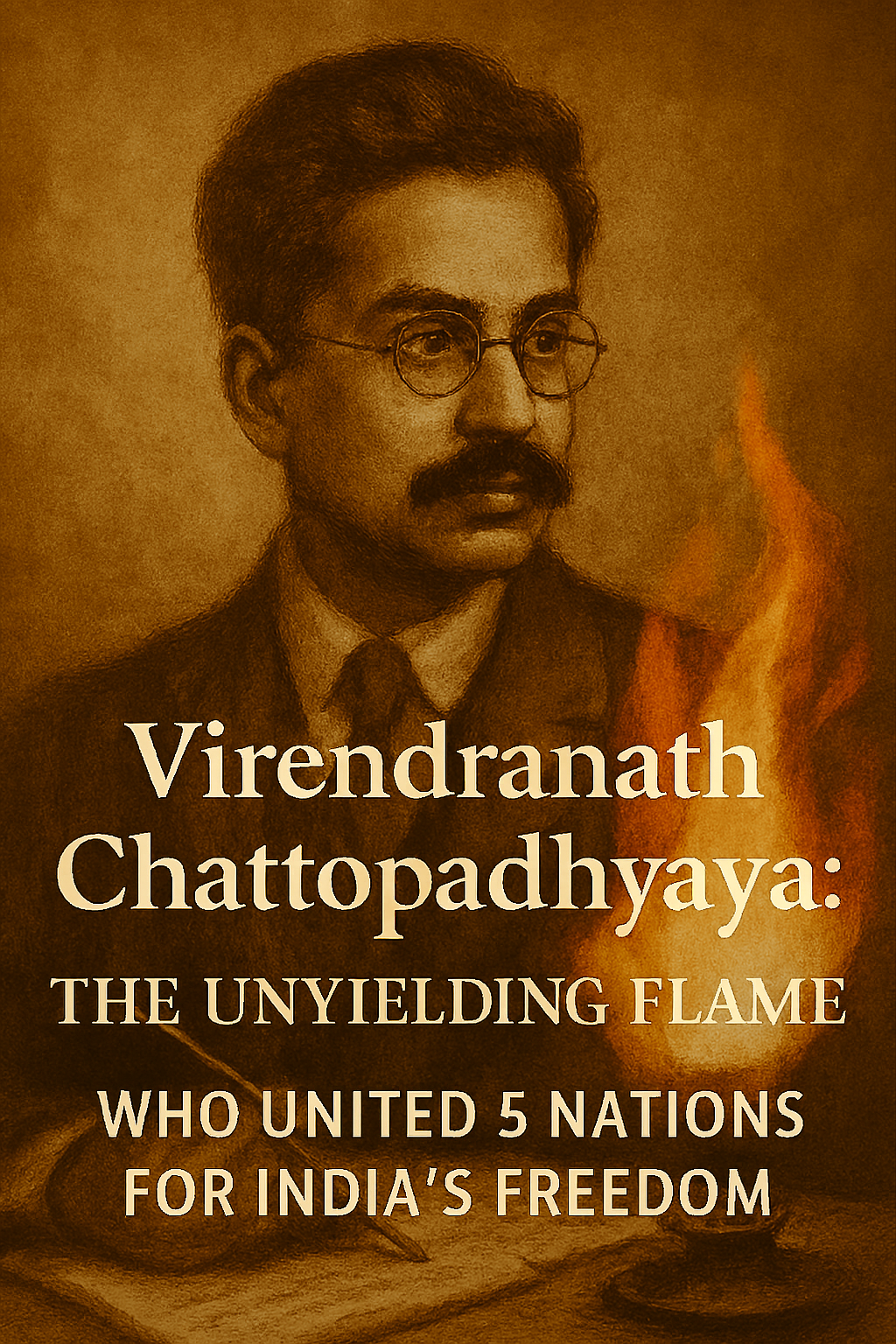
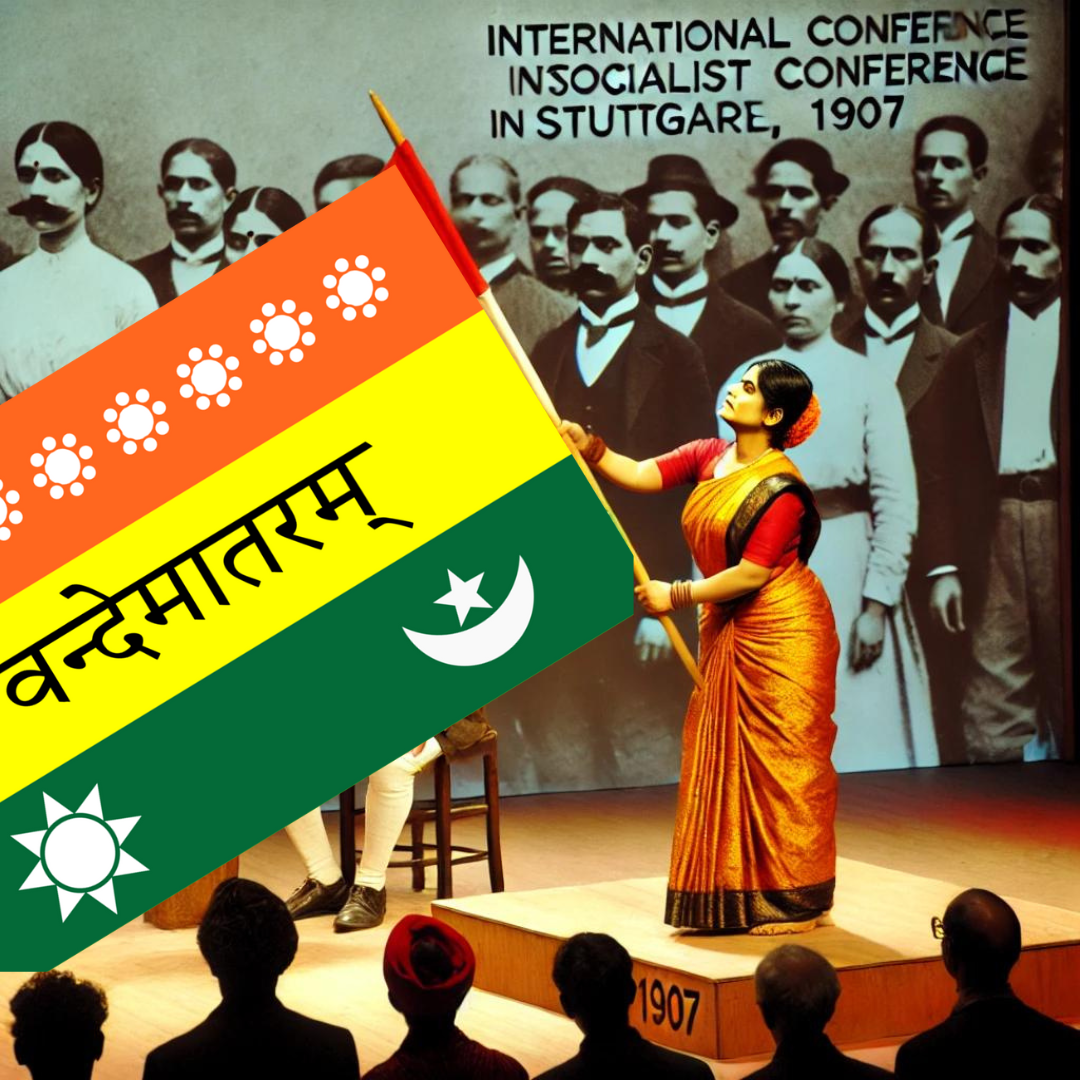
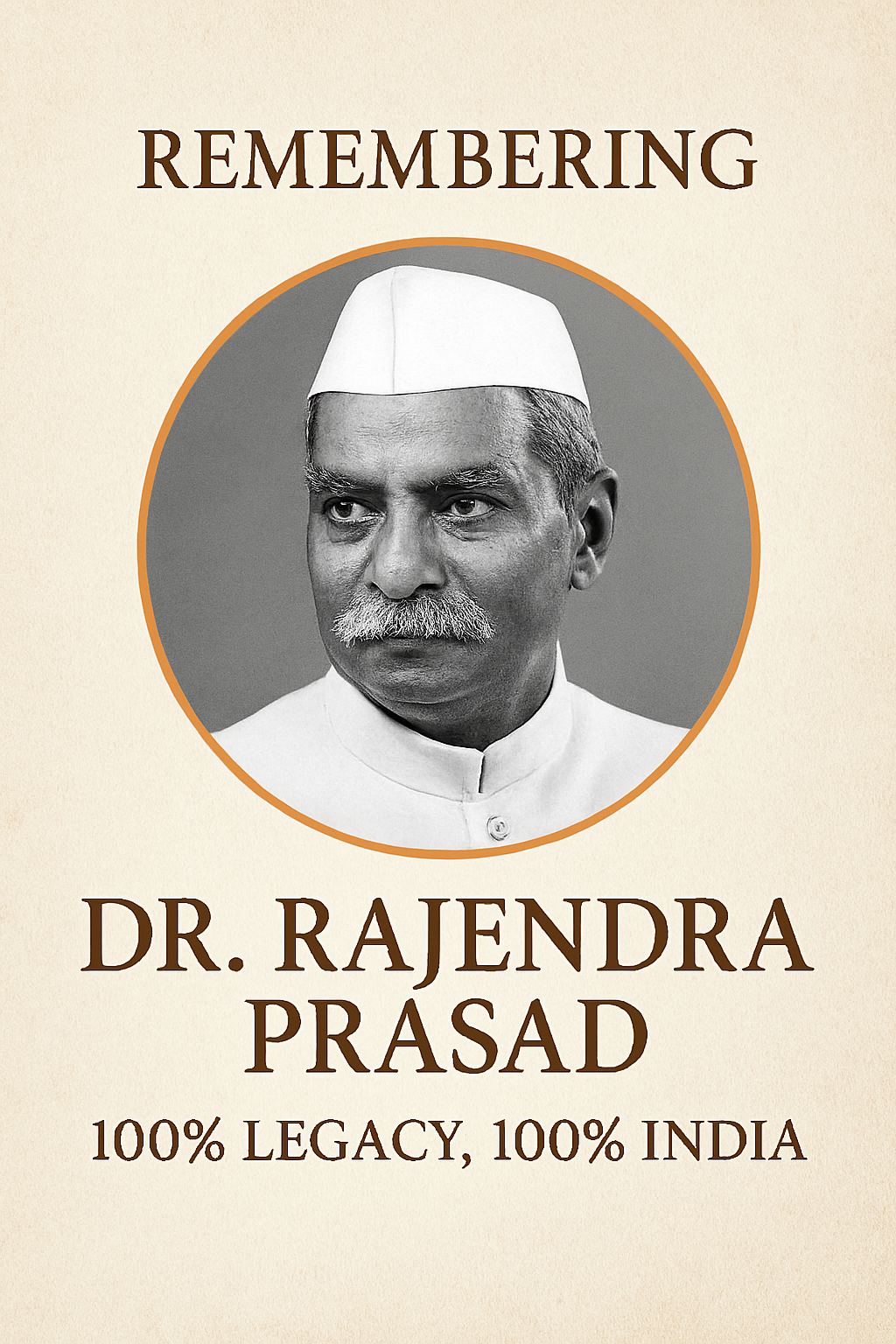
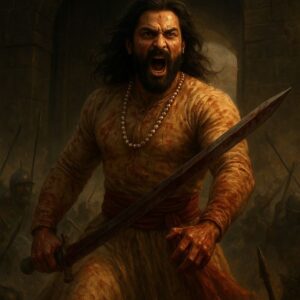
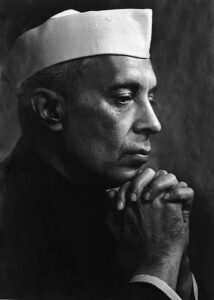
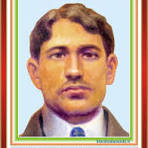
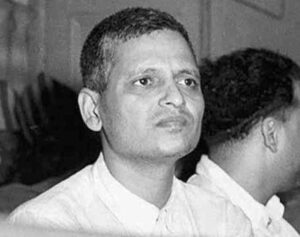
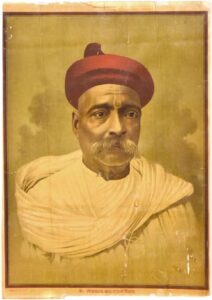
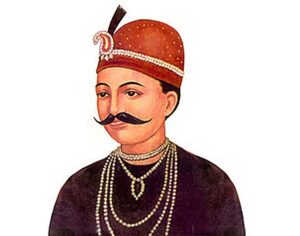
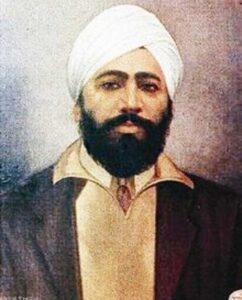
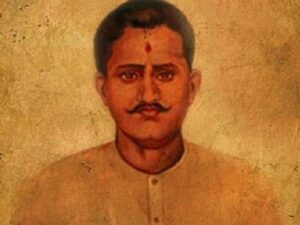
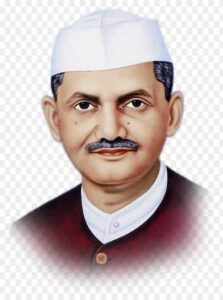
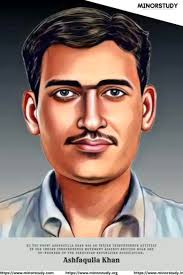
2 comments